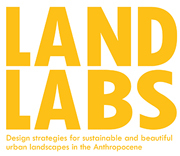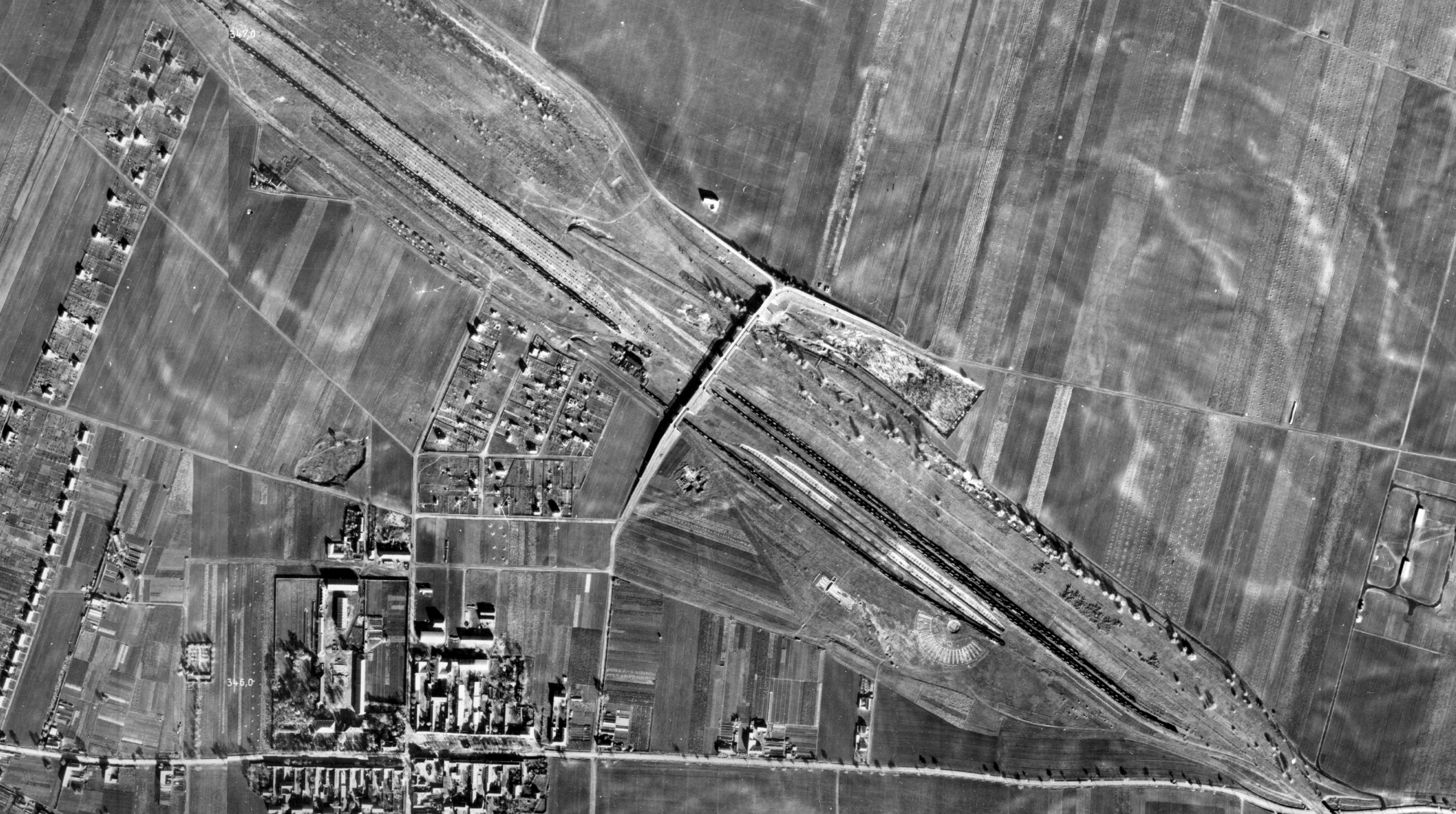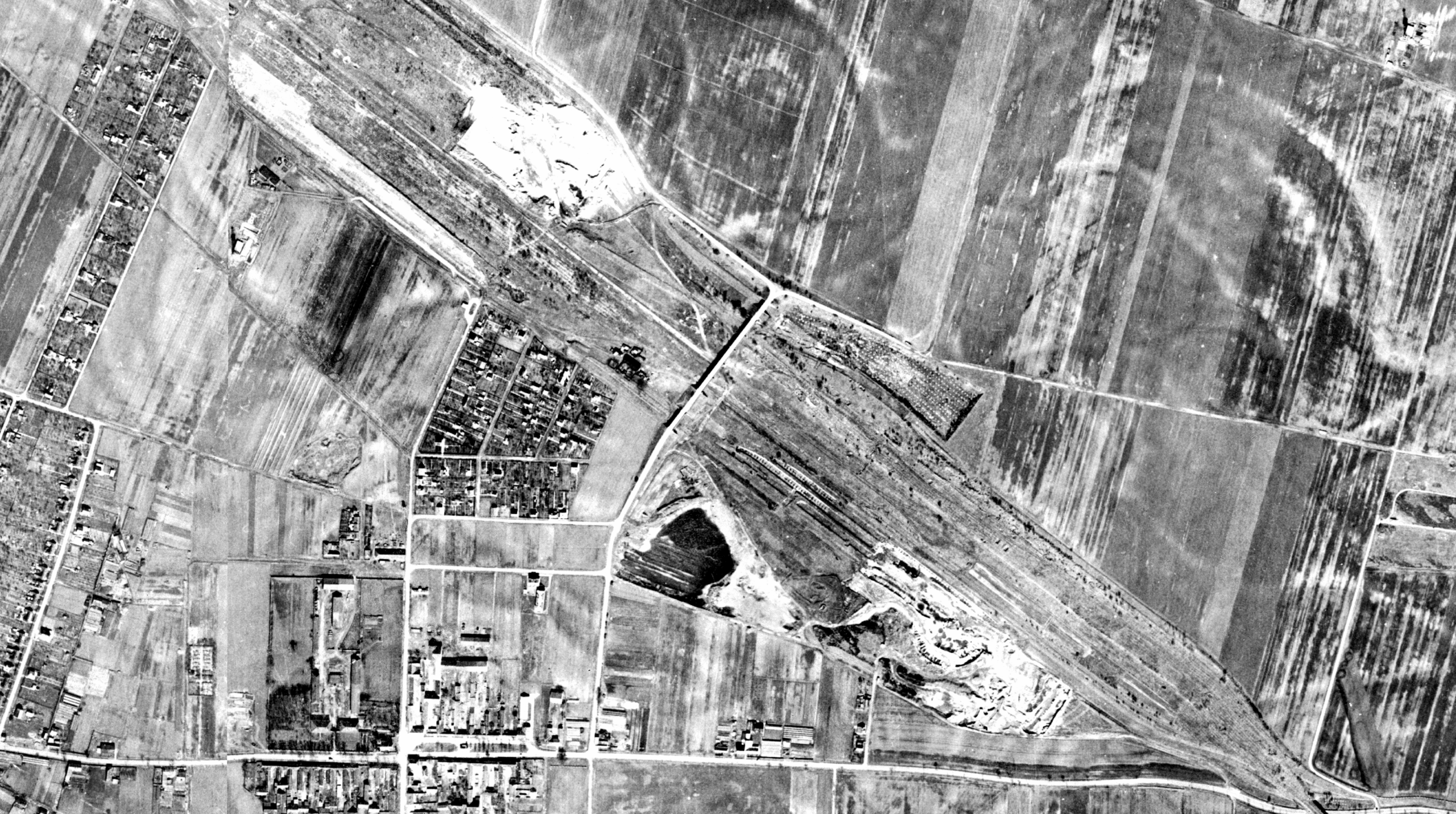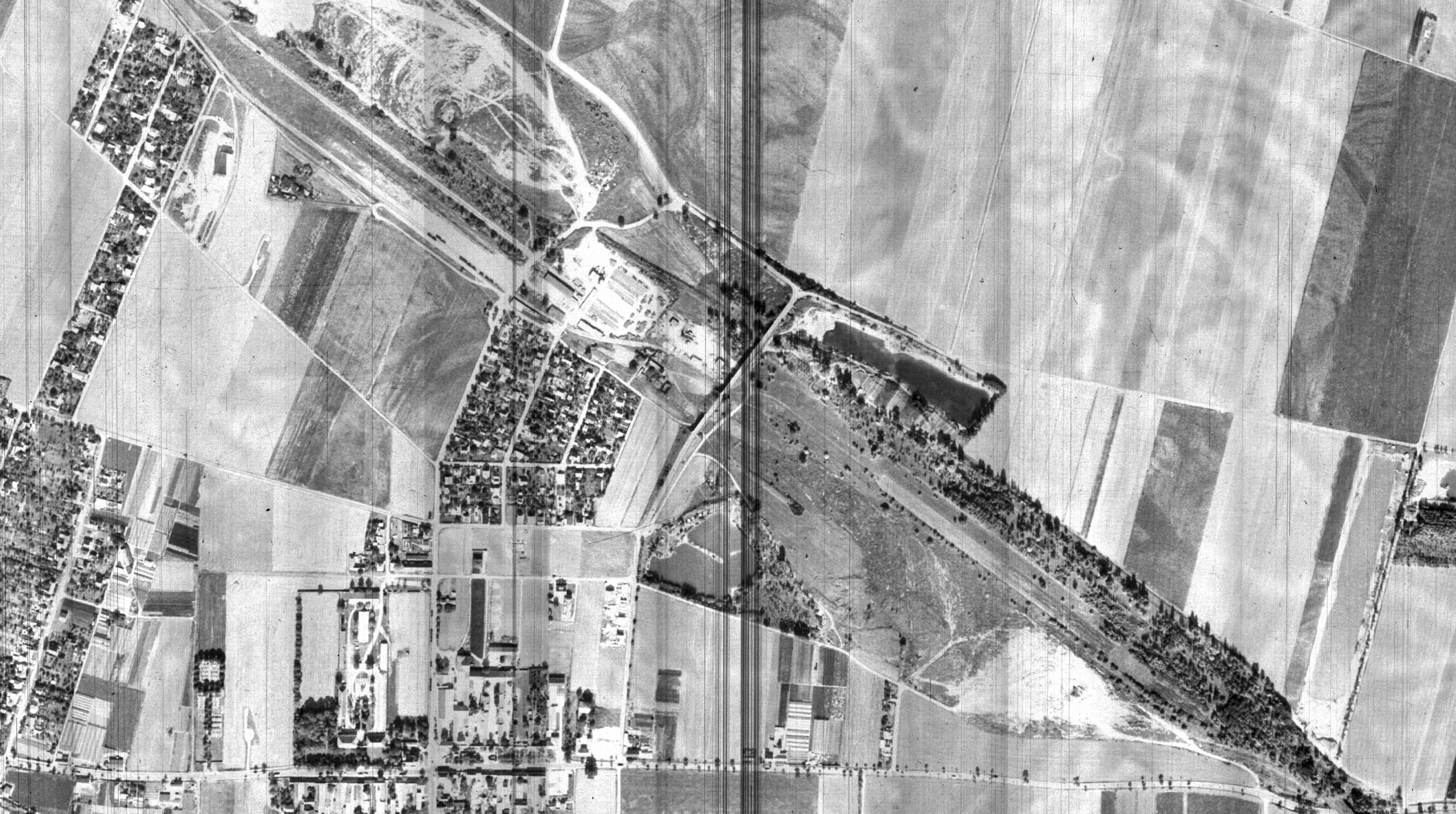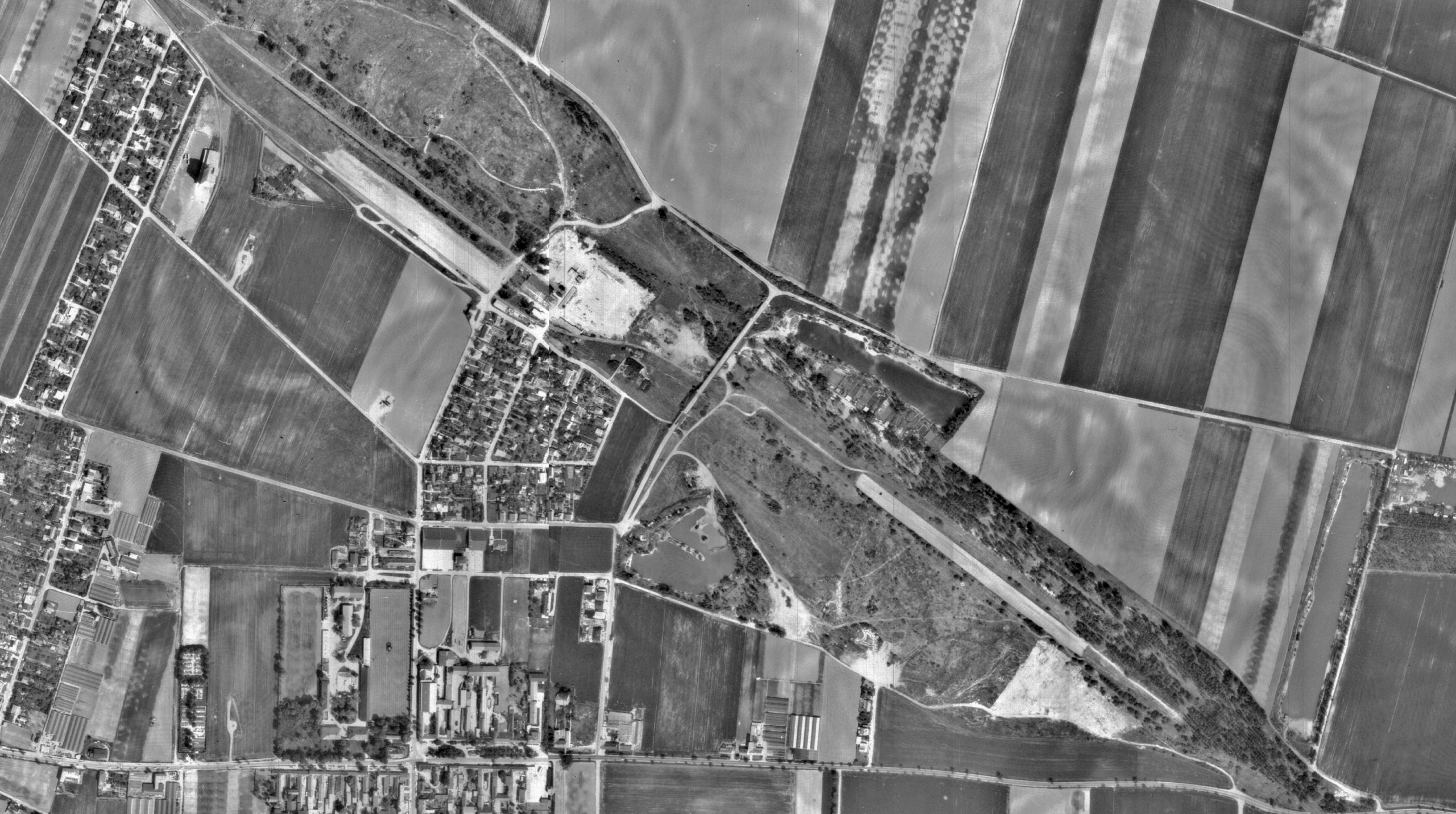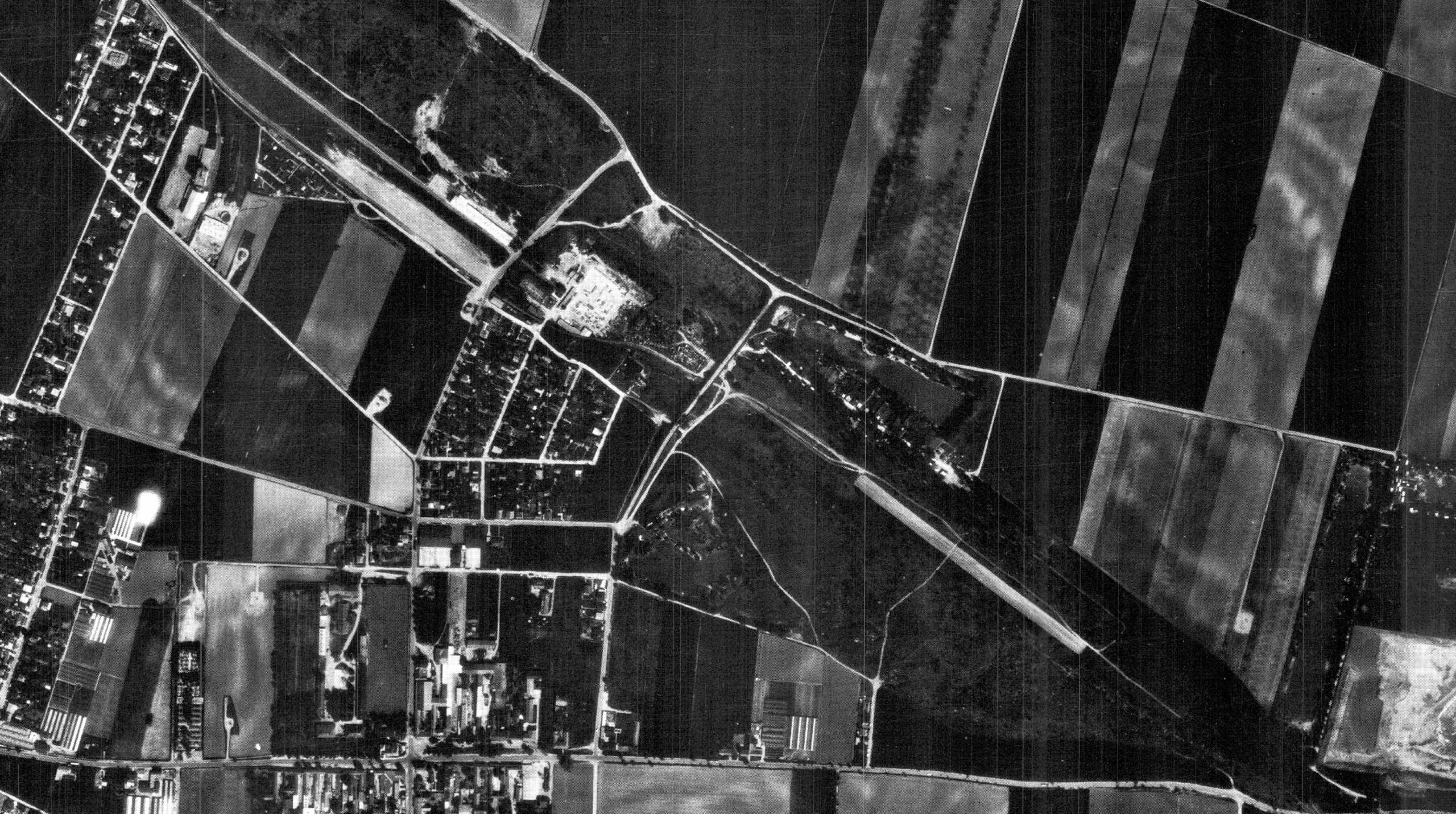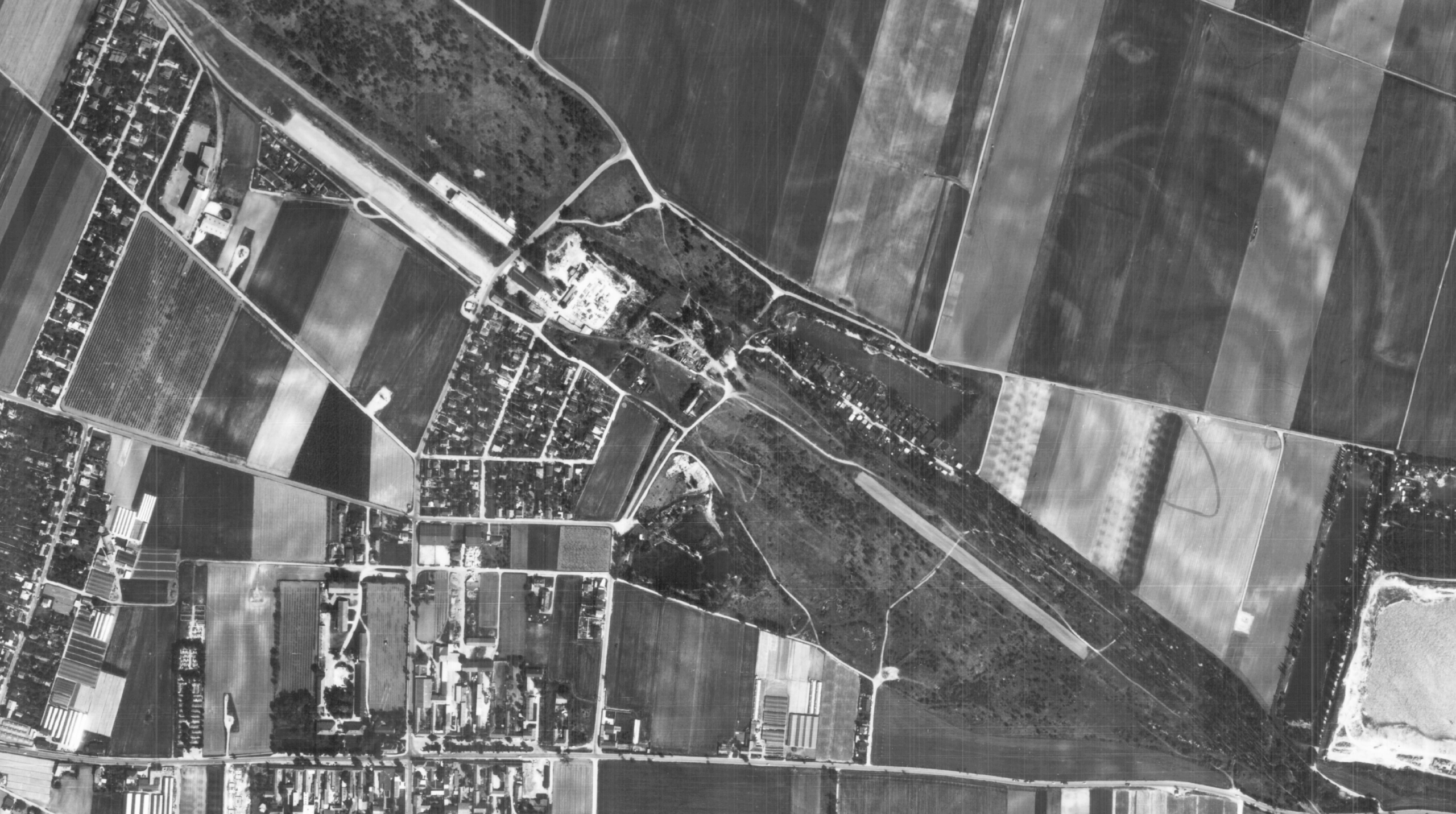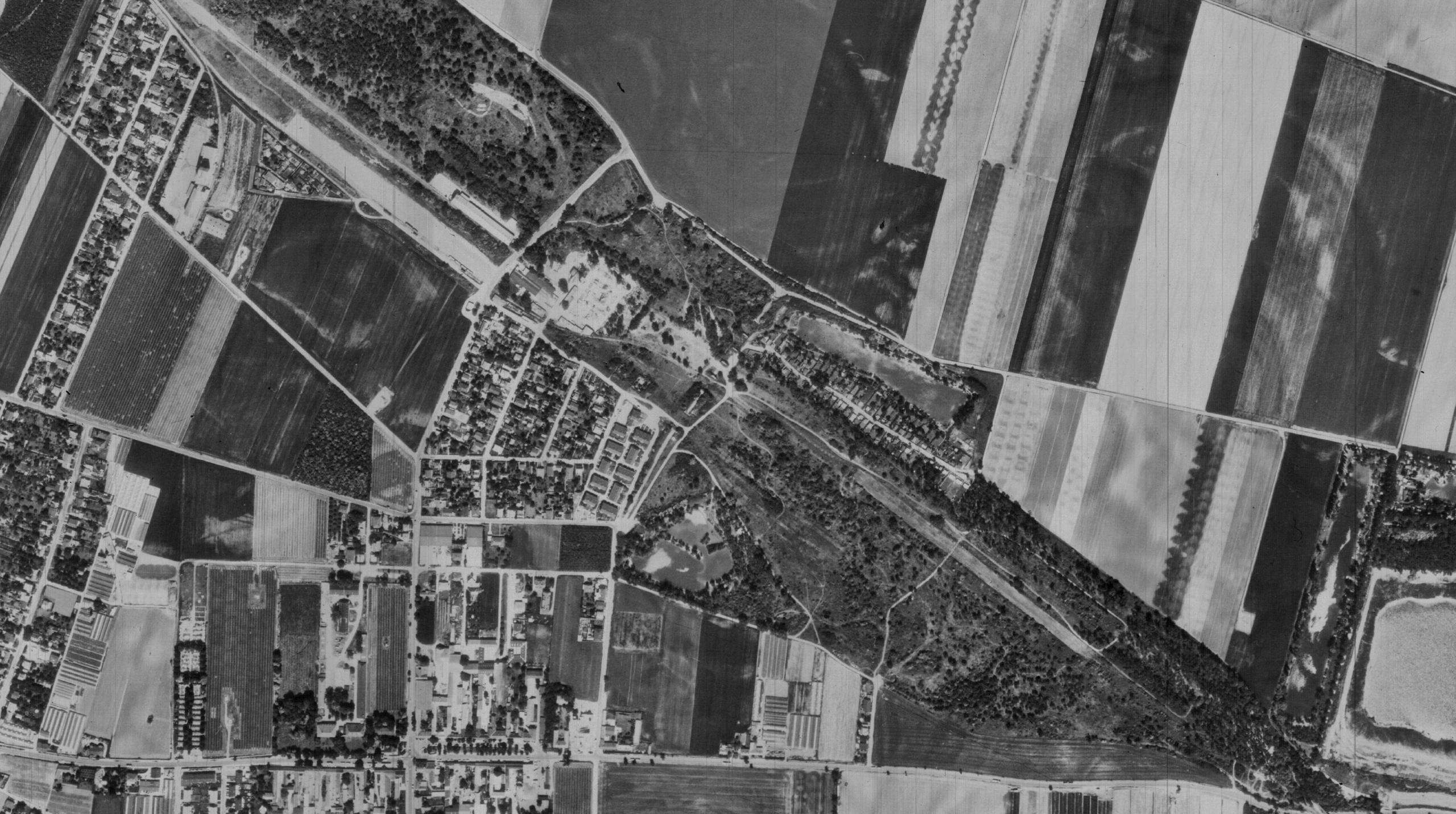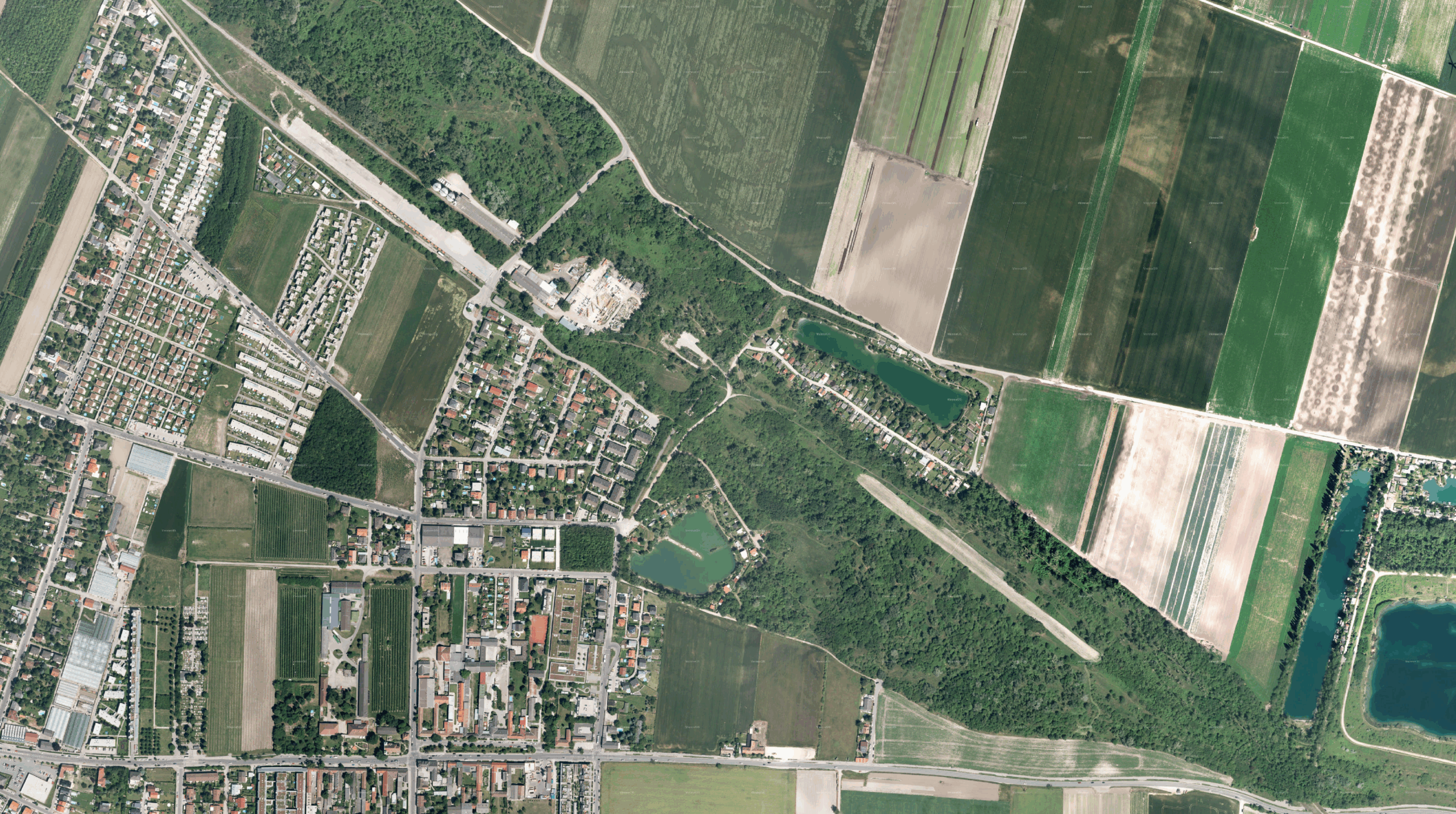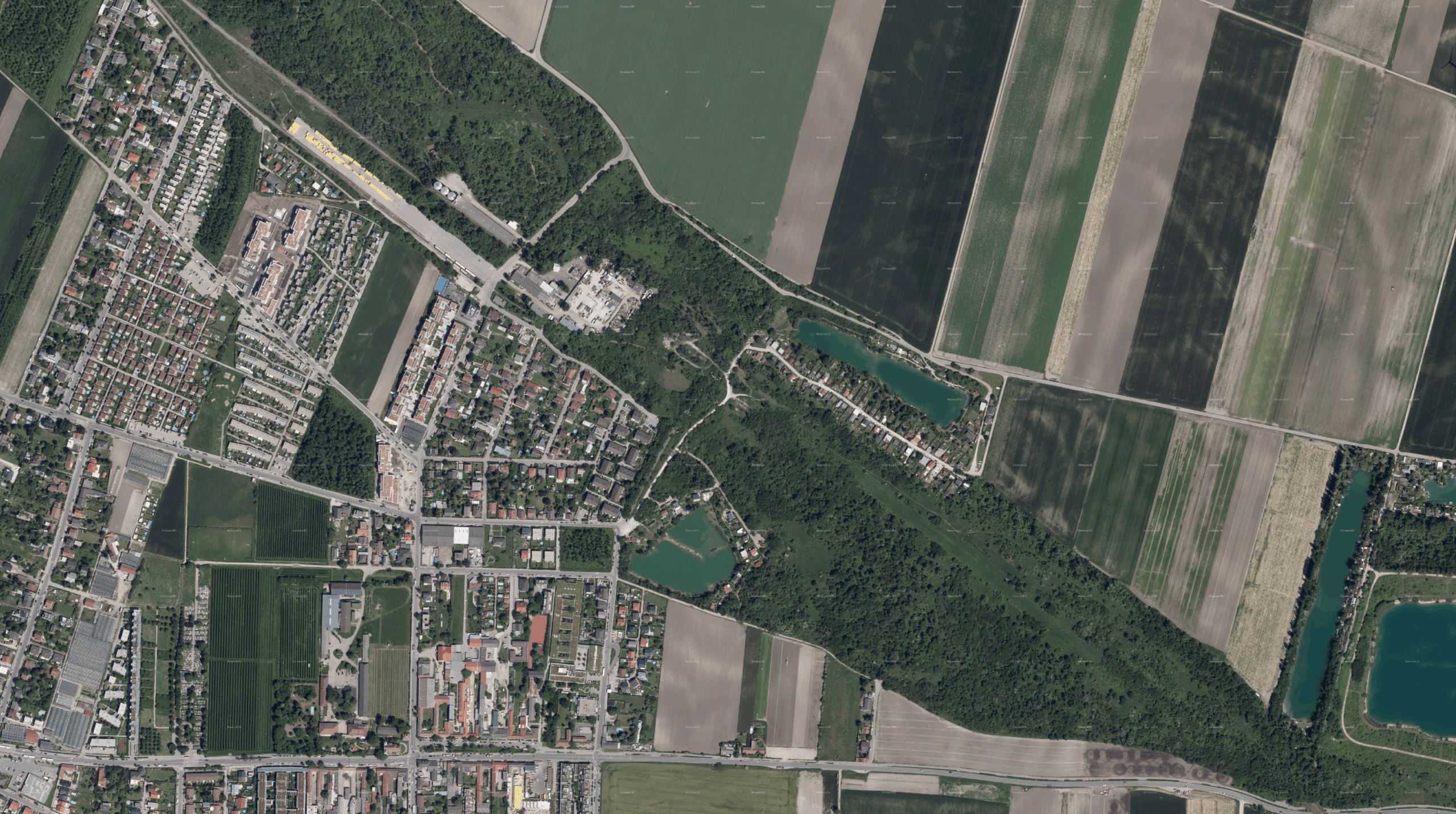
Vienna
The doctoral candidate will be sent to the City of Vienna´s Department for Climate, Forestry and Agriculture (MA 49), which is responsible for the maintenance and management of forests, meadows, mountain areas, bodies of water, fields and vineyards, in order to secure a sustainably vital existence for the inhabitants of Vienna.
The site chosen for the landscape laboratory is the „Old Freight Yard Breitenlee” in the Northeastern periphery of Vienna. Once planned and used as a rail terminal linked to the regional and international railway network, the partly abandoned freight yard reveals a technical-industrial facet along with biodiverse landscape structures. As the area is also under pressure of diverse user claims, it requires a planning and design approach based on co-creative engagement and cohabitation to keep a biodiverse and social environment, and understand the effects of Anthropocene activities in relation to the site.
The doctoral candidate will be sent to the City of Vienna´s Department for Climate, Forestry and Agriculture (MA 49), which is responsible for the maintenance and management of forests, meadows, mountain areas, bodies of water, fields and vineyards, in order to secure a sustainably vital existence for the inhabitants of Vienna.
The site chosen for the landscape laboratory is the „Old Freight Yard Breitenlee” in the Northeastern periphery of Vienna. Once planned and used as a rail terminal linked to the regional and international railway network, the partly abandoned freight yard reveals a technical-industrial facet along with biodiverse landscape structures. As the area is also under pressure of diverse user claims, it requires a planning and design approach based on co-creative engagement and cohabitation to keep a biodiverse and social environment, and understand the effects of Anthropocene activities in relation to the site.

After its partial decommission, the site of the former freight- and marshalling yard in Vienna-Breitenlee has been taken over by natural succession. However, heavily modified soils and ongoing human impact have resulted in a post-industrial urban landscape in which succession stages of forestation alternate with open heathlands. Here, a state which could be referred to as productive vagueness has created a space for opportunity in which a landscape which is rich in structures, species as well as artefacts and practices of human use could emerge.
After its partial decommission, the site of the former freight- and marshalling yard in Vienna-Breitenlee has been taken over by natural succession. However, heavily modified soils and ongoing human impact have resulted in a post-industrial urban landscape in which succession stages of forestation alternate with open heathlands. Here, a state which could be referred to as productive vagueness has created a space for opportunity in which a landscape which is rich in structures, species as well as artefacts and practices of human use could emerge.


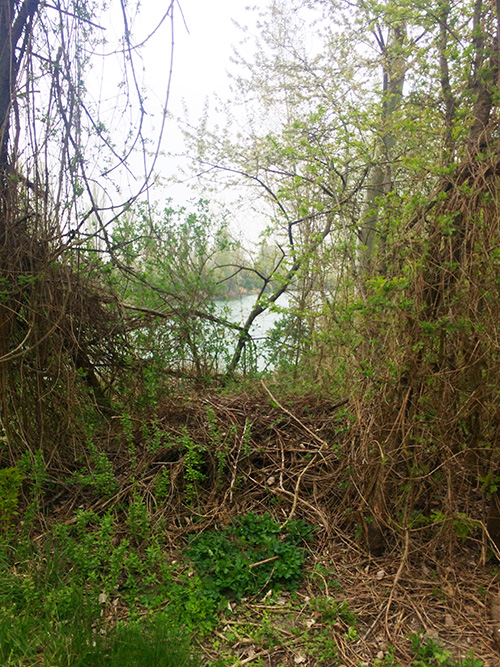

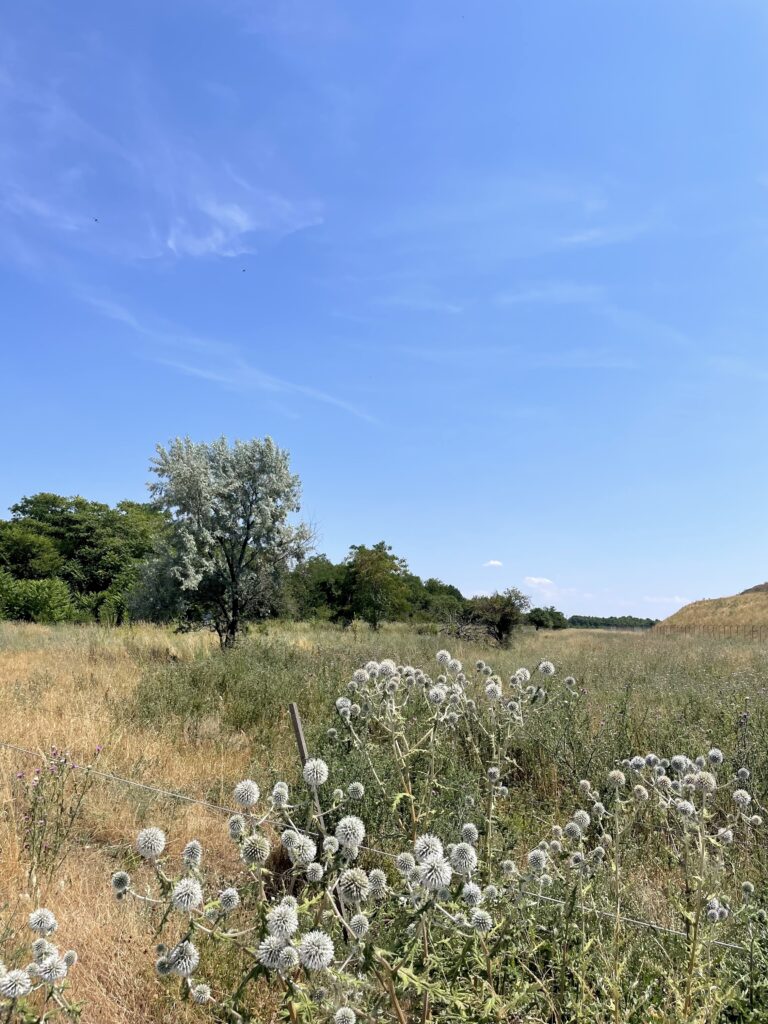

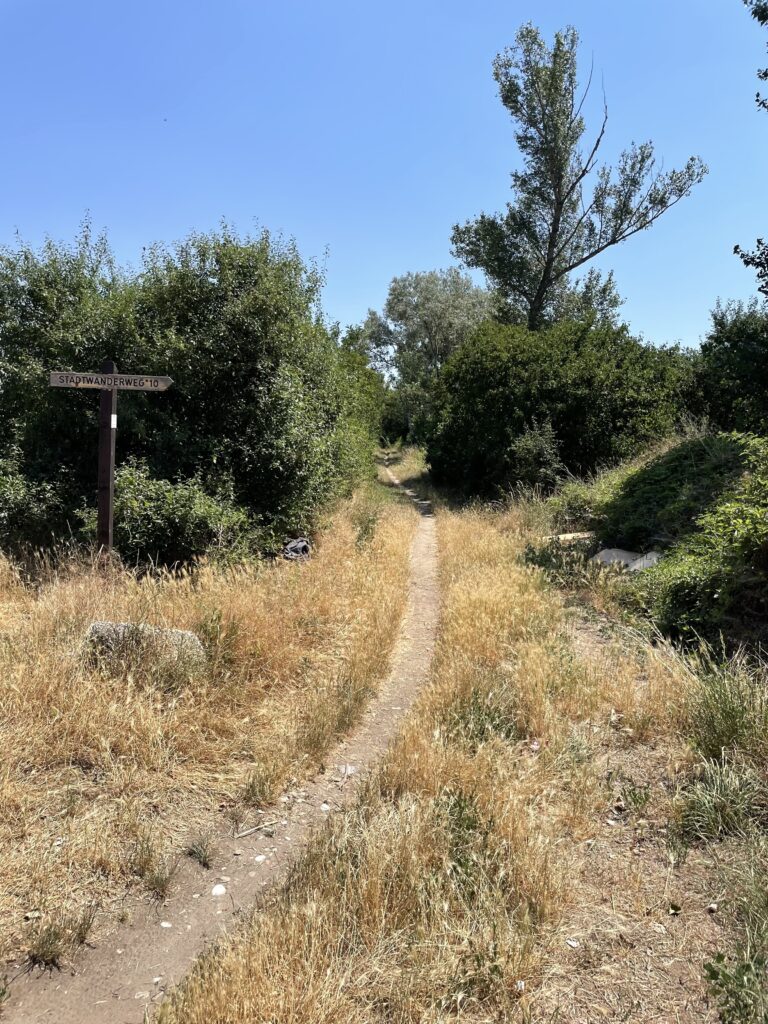
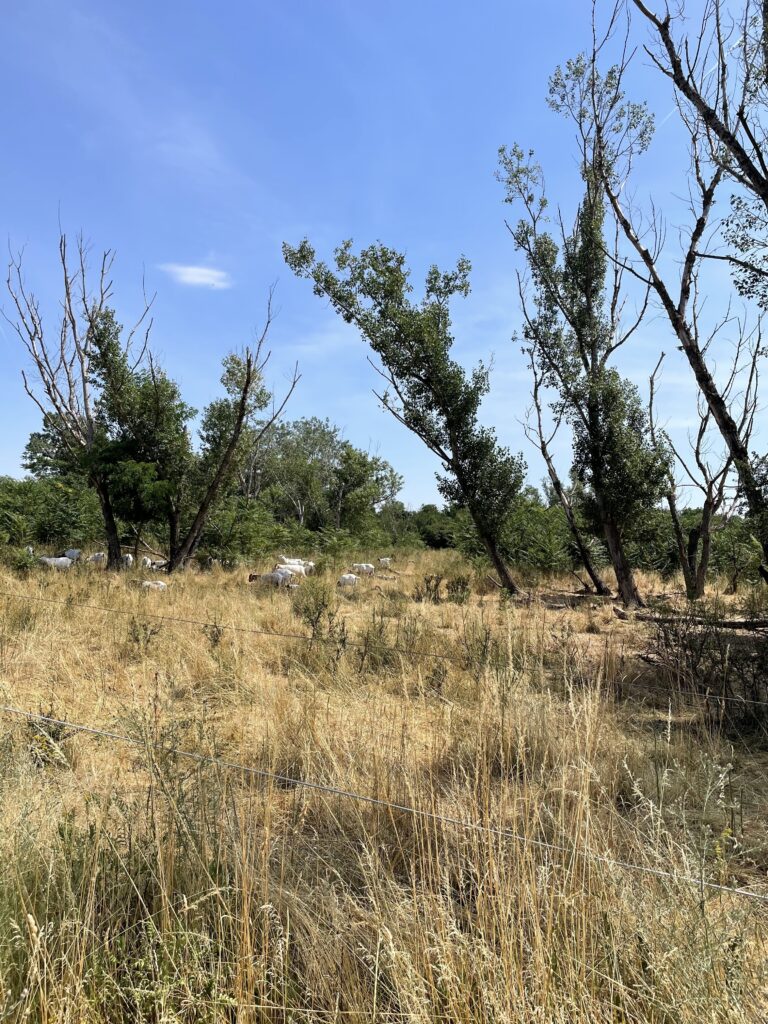
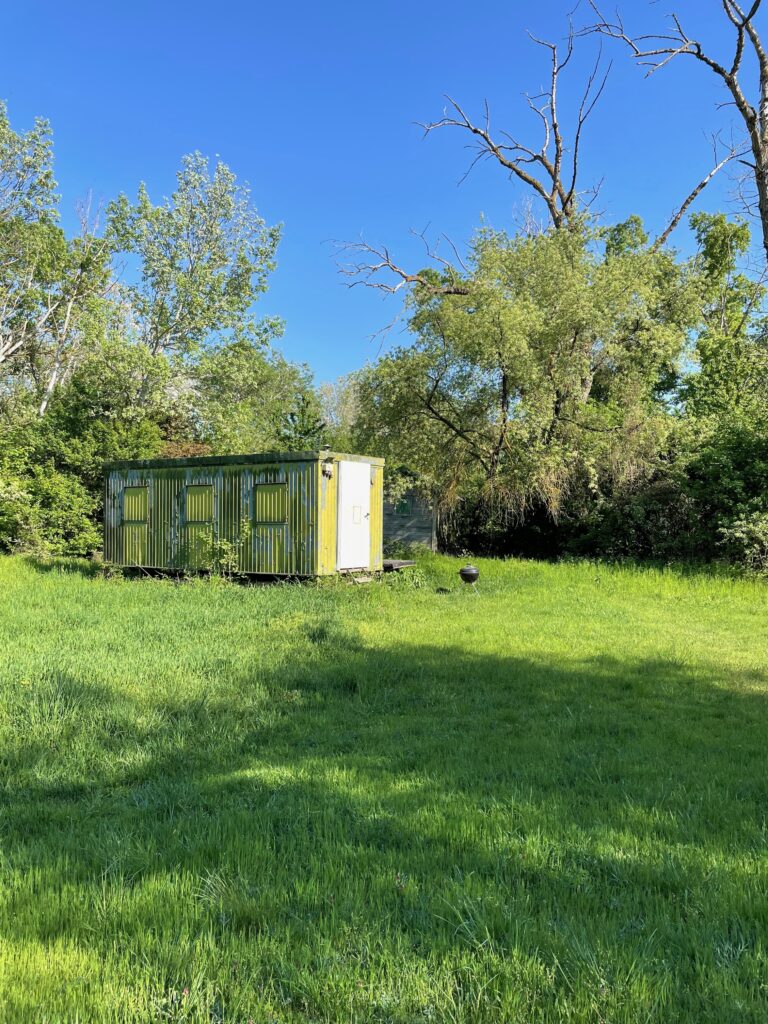
In the first phase of the project, the doctoral candidate will examine several theories such as Hartmut Rosa’s theory on resonance, co-creation, cohabitation and urban commons regarding the question inasmuch these theories can inform design strategies for urban landscapes in the Anthropocene, based on the interconnectedness between humans, animals, plants, water, air, soil, and technologies. In the framework of a design studio in winter-term 2025/26, questions on how to derive a novel approach or perspective for designing urban landscapes from theories of interconnectedness will be worked on with students from TU Wien.

